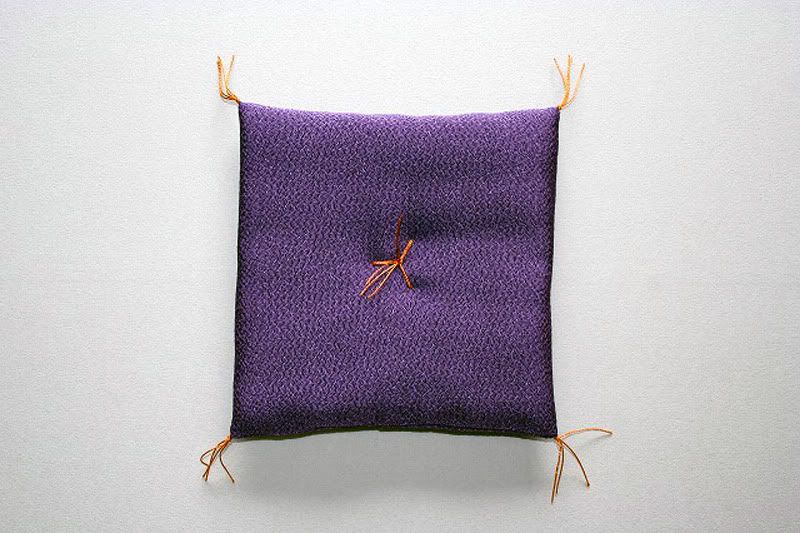
A typical thing to find in a typical Japanese home, a zabuton may look like a simple pillow at a first sight.
A zabuton 座布団 is the everyday cushion found in homes and used for eating, watching television, and other daily activities. Its kanji characters, literally translate to seat-cloth-sphere. It protects you from the cold and keeps your body temperature.
A typical square zabuton measures 50–70 cm (20–30 inches) on a side and is several centimetres thick when new.
As zabuton mirrors Japanese customs and traditions, there's corresponding etiquette with its use. Here are some basics:
A typical square zabuton measures 50–70 cm (20–30 inches) on a side and is several centimetres thick when new.
As zabuton mirrors Japanese customs and traditions, there's corresponding etiquette with its use. Here are some basics:
- If a zabuton has a printed pattern, the Japanese position it so the pattern faces the front when the guest sit.
- Because so much care was taken when placing down the zabuton, it is not polite to move it around.
- Never step on it.
- To sit on the zabuton the Japanese way, start from the side. Place first one knee, then the other, then in two more steps turn to face the front. The total is 4 steps.
In this modern days, zabuton is not only meant for the homes and on tatami mats. Nowadays, zabutons can also be found at:
- Dining room chairs
- Car seats
- Office chairs
- Elementary school chairs. This last type of zabuton is usually dual-purpose, as it can become a protective hood for the child in case of disaster.

No comments:
Post a Comment